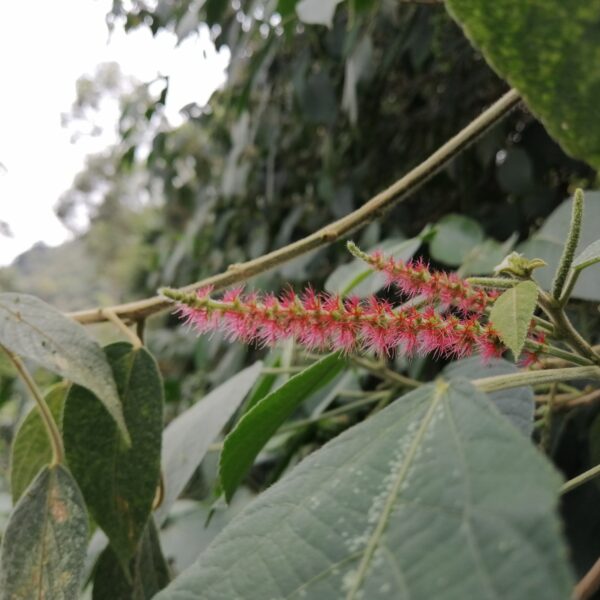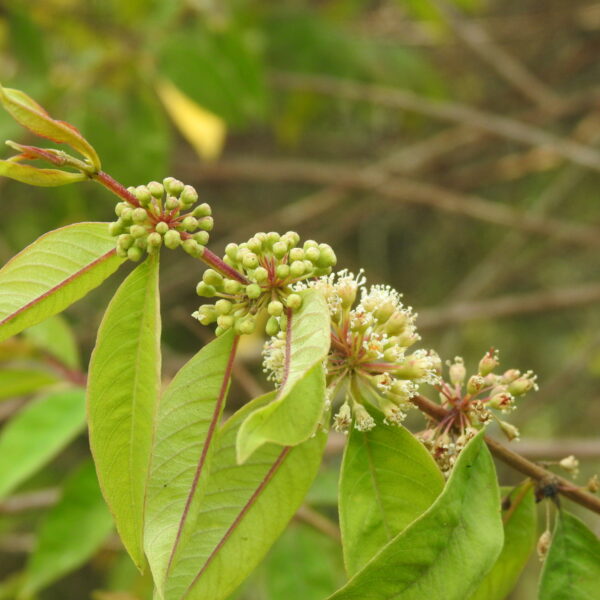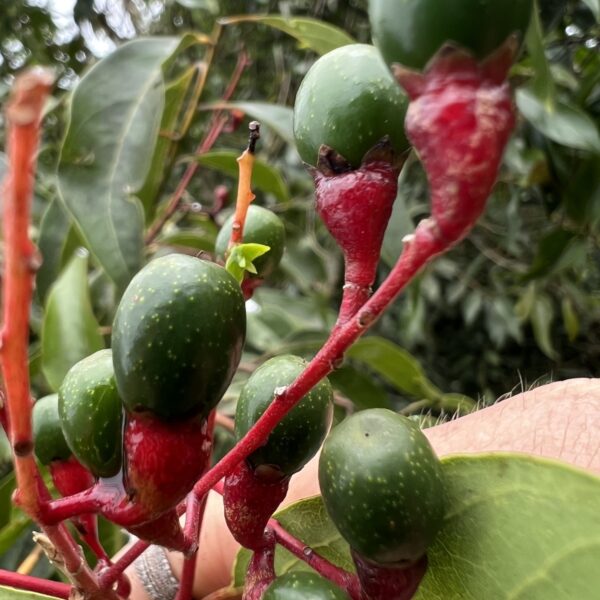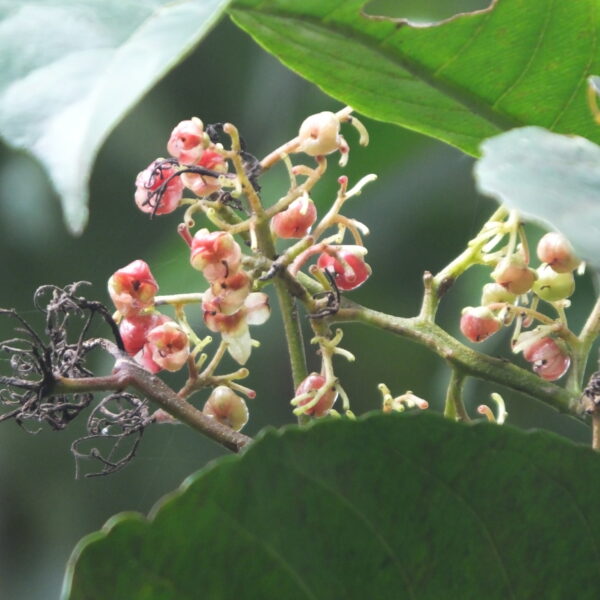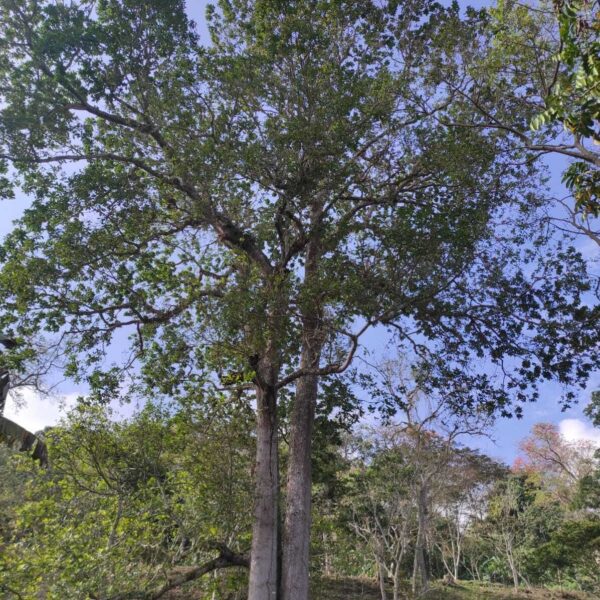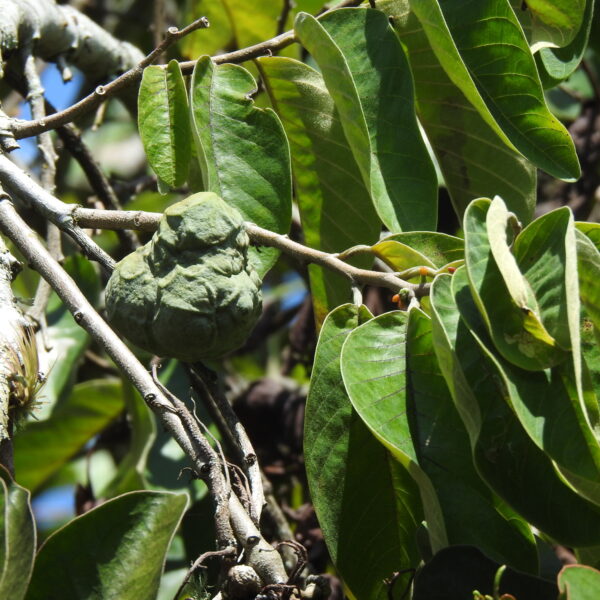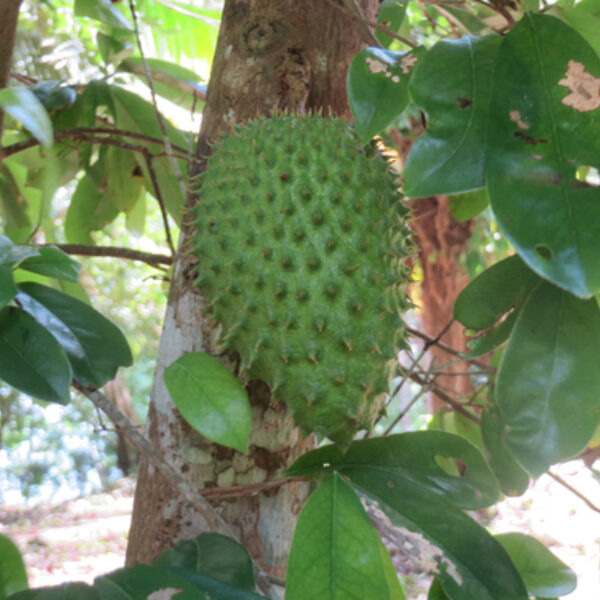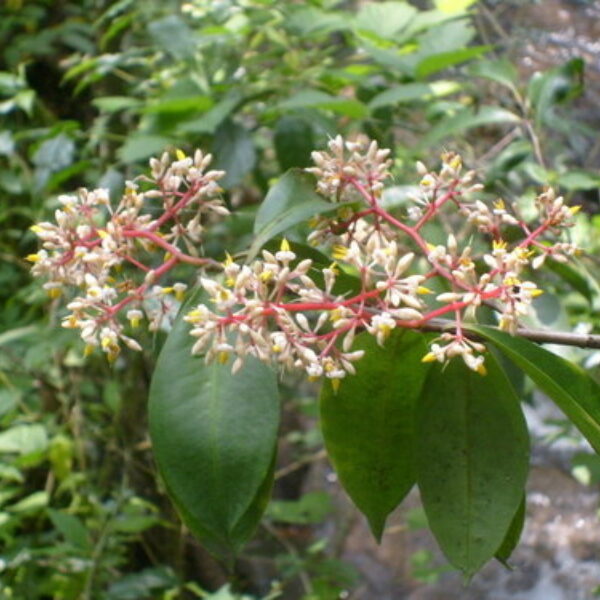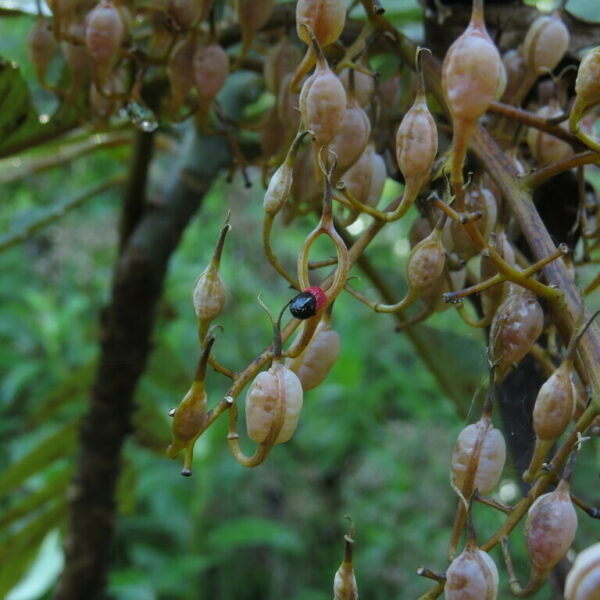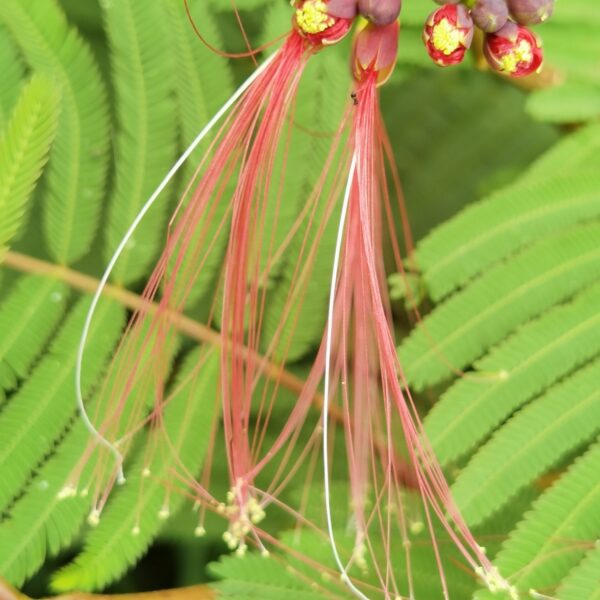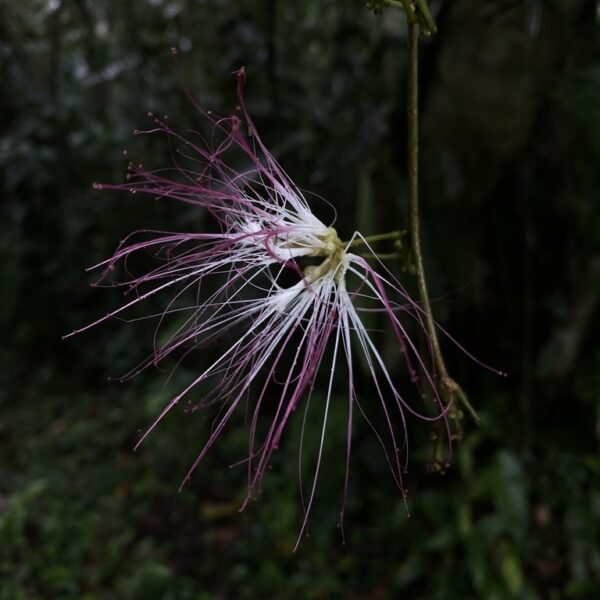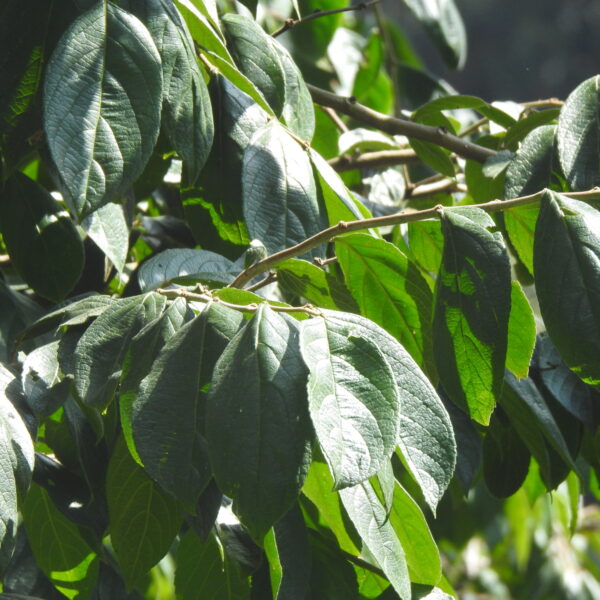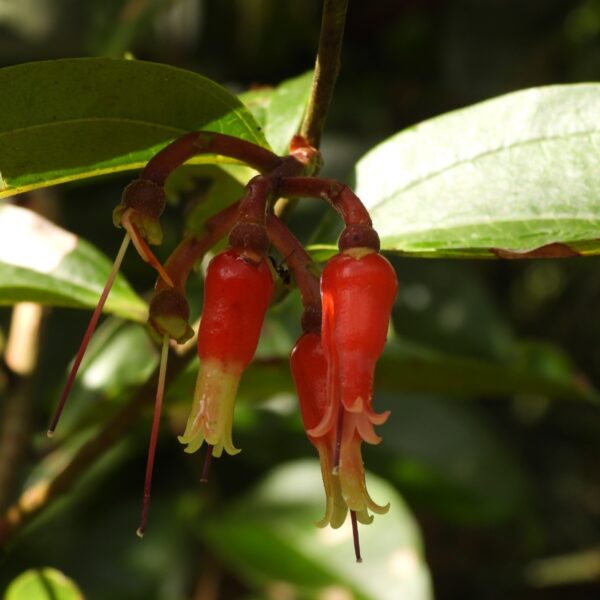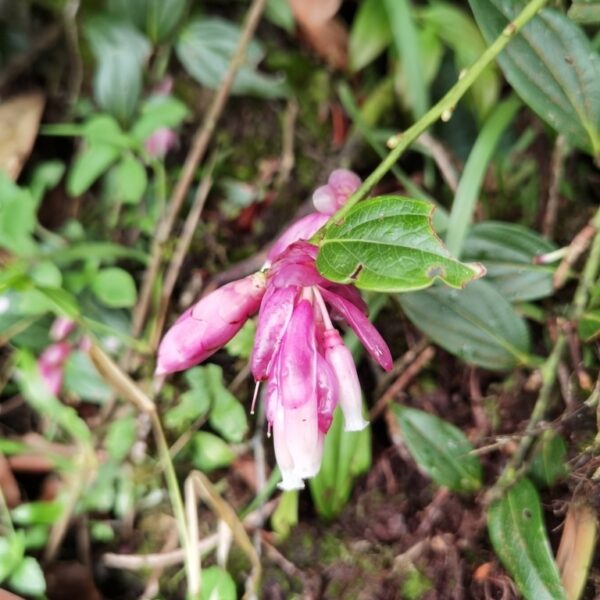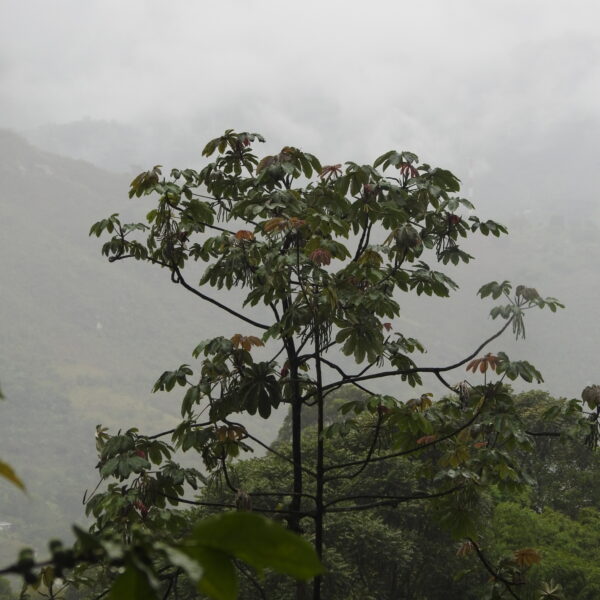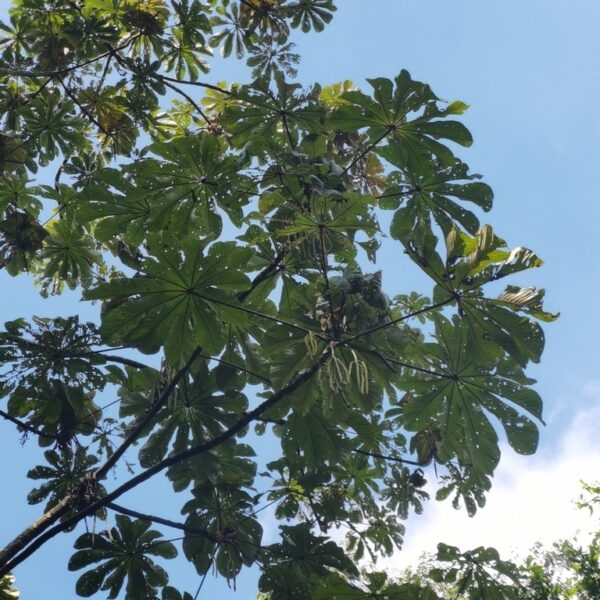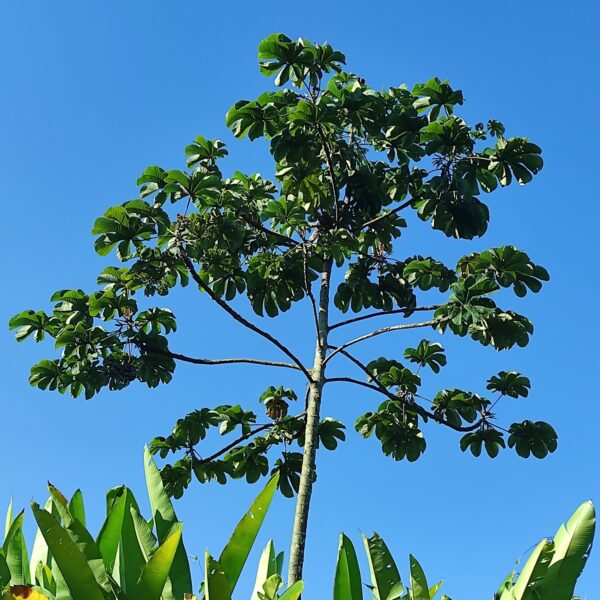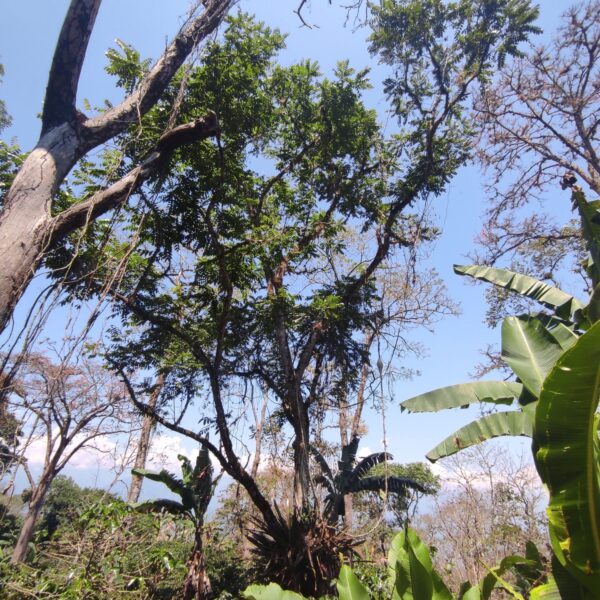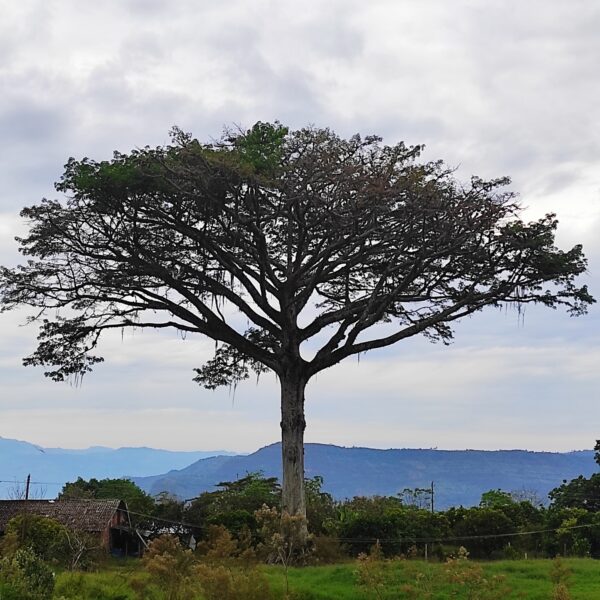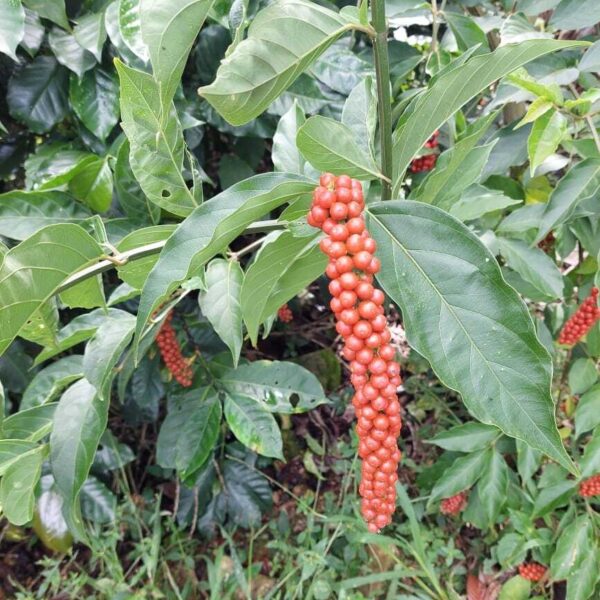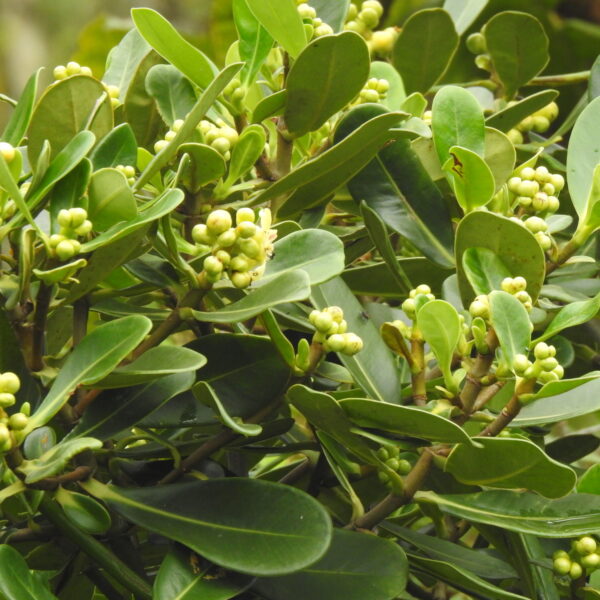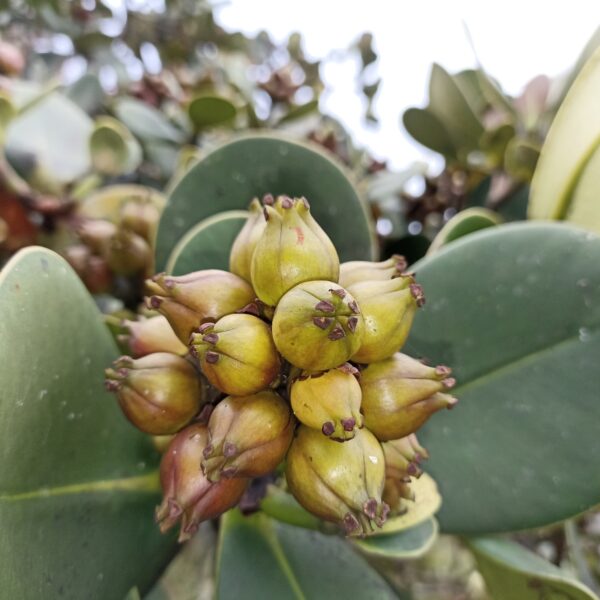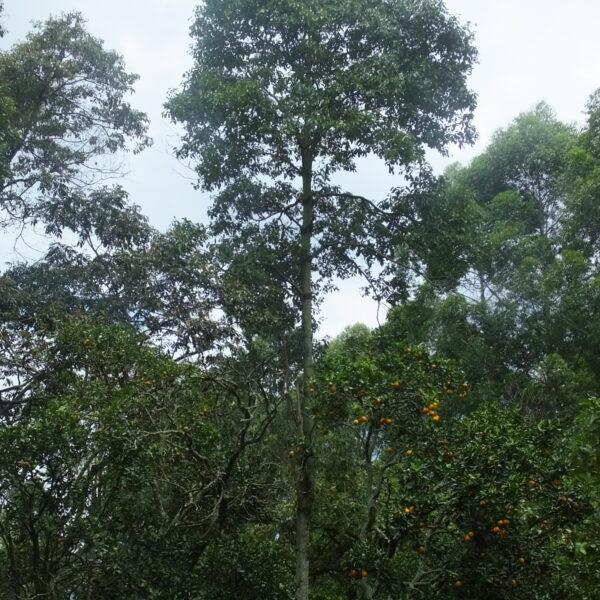Why Costa Rica?
Costa Rica is renowned for its exuberant biodiversity and high-quality coffee. The country’s coffee farms coexist within diverse ecosystems that are critical for maintaining ecological balance and contributing to the overall health of the environment. The country's commitment to biodiversity conservation and recent international pledges play a key role in the sustainability practices of the national coffee value chain.
Traditionally, shade trees were an integral part of coffee farming, with many farms using them to protect coffee plants from sun radiation, provide organic matter for soil, and prevent erosion on steep slopes. However, during the late 80s, farmers shifted to more intensive, sun-grown coffee farming to increase yields in the short term, and this practice is now commonplace in Costa Rica. In contrast, many farmers committed to sustainability still maintain shade trees as a key feature of their coffee farms. These trees, typically a mix of native and non-native species, are often planted in rows or scattered across the farm to provide partial shade. Some farmers select trees that not only provide shade but also contribute to soil fertility, such as nitrogen-fixing species in genera Inga and Erythrina, that in many cases dominate coffee landscapes.
Promoting agroforestry with the use of native tree species of diverse heights and functions is particularly important, as these species are better adapted to local conditions and provide habitats for native wildlife, helping to protect the country's biodiversity. This approach mimics the natural forest canopy, creating multiple layers of shade that help regulate the microclimate on the farm, improve coffee plant growth, and provide diverse habitats. By diversifying tree species, farms can promote ecological balance, enhance soil fertility, reduce erosion, and improve water conservation. These strategies are key to creating more resilient and sustainable coffee farms.
